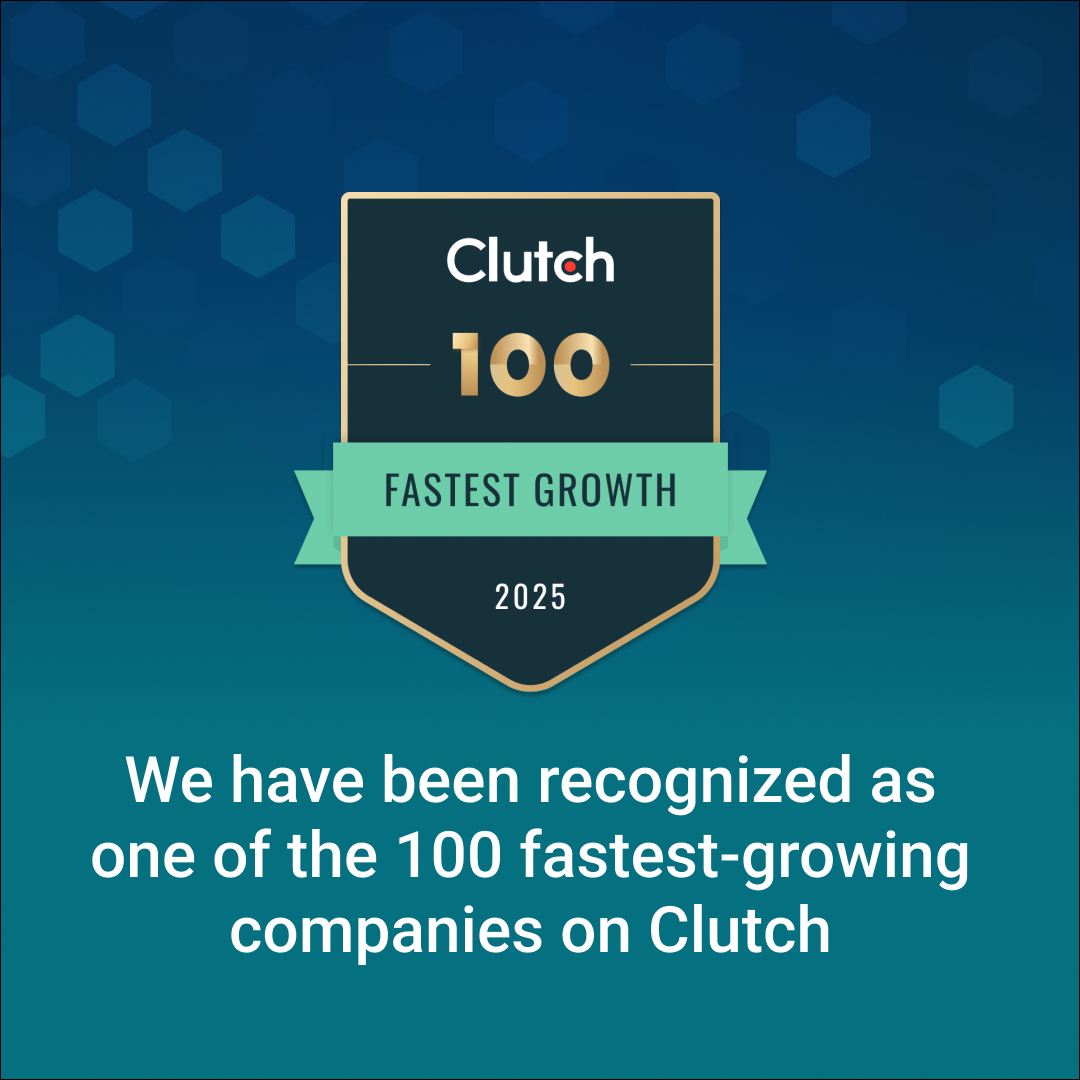Artificial intelligence has evolved from a futuristic concept into a daily business necessity. Yet while most companies are quick to experiment with AI, few manage to turn it into measurable results. Einführung von KI isn’t about installing smart tools, it’s about reshaping how people work, think, and make decisions.
Als Florian Fink, Digital Transformation Leader at OMICRON Electronics, said in the Strg + Umschalttaste-Podcast, “AI adoption is not about technology, it’s about empowering people to see what’s possible.” That statement captures the real challenge of AI adoption today: turning potential into performance through people, not just platforms.
What is AI Adoption
AI adoption is the process of embedding intelligence into everyday operations, making data, automation, and machine learning part of how a business functions. True adoption happens when AI becomes invisible, seamlessly supporting decisions and workflows across teams.
At OMICRON, Fink’s journey began not with code, but with curiosity. Coming from an engineering background, he saw firsthand how customers resisted new tools unless they clearly understood their value. This insight reshaped his approach: adoption begins with awareness, not enforcement.
He shared, “It’s not about showing people what to do, it’s about lighting the fire so they can discover the benefits themselves.” That mindset guided OMICRON’s move from experimentation to impact.

Why Businesses Are Accelerating AI Adoption
Companies today face a perfect storm of data growth, talent shortages, and competitive pressure. AI offers a way to navigate all three. By automating routine tasks and generating real-time insights, businesses can move faster, serve customers better, and free teams to focus on creative work.
But the urgency isn’t just operational, it’s strategic. As Fink noted, even conservative sectors like utilities are realizing that digital transformation isn’t optional. “Utilities have to keep the lights on,” he said, “but at the same time they’re under pressure to innovate. AI gives them a way to balance stability and efficiency.”
The COVID-19 pandemic also accelerated this shift. For many industries, it proved that digitalization and remote operations weren’t merely convenient, they were essential. That change in mindset continues to drive AI investment across sectors.

Challenges of AI Adoption
While enthusiasm is high, execution often falters. Many organizations start with excitement but stall after pilot programs. The reasons are familiar: fragmented data, lack of expertise, and cultural resistance.
Fink described this resistance in human terms: “When new technology arrives, the technician inside you thinks it’s cool, but another part of your brain starts worrying it might replace you.” This internal conflict, between curiosity and fear, can quietly undermine even the most promising AI initiatives.
Another barrier lies in governance. Companies that rush to deploy AI without addressing data quality, security, or compliance risks often find progress stalling under regulatory pressure. As OMICRON learned, balancing freedom to experiment mit data safety is the only sustainable path.

A Practical Roadmap for AI Adoption Success
Successful AI adoption isn’t achieved through massive rollouts—it’s built in small, well-chosen steps that scale over time.
At OMICRON, the team launched an internal AI chatbot in just three months. Initially, a simple retrieval-augmented tool for accessing product knowledge, it quickly evolved into a company-wide resource. The chatbot not only streamlined operations but also inspired employees to explore AI more deeply.
Fink recalled, “We didn’t start by forcing AI into every process. We started by asking, ‘Where does it make sense?’ That’s how we earned trust.”
From there, OMICRON introduced AI Breakfasts-open sessions where teams could share discoveries, test new features, and learn from one another. This bottom-up culture of experimentation proved far more effective than any top-down directive.

The takeaway for business leaders:
Start with awareness, identify meaningful use cases, and build governance early. Focus on adoption metrics-usage, engagement, satisfaction-not just ROI. The goal is not to install AI but to embed it into how people work.
The Future of AI-Driven Business
As AI matures, its value will shift from efficiency to intelligence, from automating tasks to shaping strategy. Businesses that lead this next wave will be those that view AI as an ongoing evolution rather than a single project.
Fink predicts a future where visual intelligence Und knowledge transfer will drive major advances. OMICRON’s experiments with AI that interprets images of power equipment hint at this direction. “AI can now tell the story behind a picture,” he explained. “It helps our engineers create reports faster, and it captures the knowledge that would otherwise retire with people.”
For industries facing workforce transitions, that kind of capability isn’t just about innovation, but also preserving expertise.
Ultimately, AI adoption will separate companies that use technology from those that werden intelligent organizations. The leaders of tomorrow will be the ones who, like OMICRON, use AI not to replace people but to empower them.
Insights from Ctrl + Shifter Podcast
In Episode 10 of the Strg + Umschalttaste-Podcast, Florian Fink shared how OMICRON’s small-scale experiments led to a broader cultural shift around AI. His biggest lesson: adoption succeeds when curiosity is encouraged, and people are trusted to explore.
He summed it up perfectly: “AI will not replace you. But the people who know how to use AI will.”
This philosophy turned OMICRON into a real-world case study of how AI adoption can transform not just workflows, but entire mindsets.

Abschluss
AI adoption is a journey from potential to performance – one that demands patience, strategy, and human focus. Technology may enable transformation, but people sustain it.
Als Florian Fink put it, “Train your AI muscle. Learn what’s possible and what’s not. The more you understand, the more value you’ll create.”
Businesses that approach AI adoption with this mindset, curious, cautious, and committed, will be the ones shaping the next era of intelligent enterprise.
Tune in to Episode 10 of the Ctrl + Shifter Podcast, featuring Florian Fink, for an inspiring discussion on AI adoption, innovation, and leadership in the age of intelligent technology.
Um die vollständige Aufzeichnung unseres Webinars anzusehen, klicken Sie hier: Hier.







